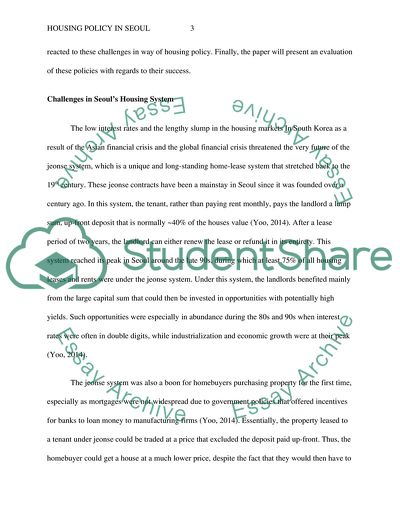Cite this document
(“Housing Policy Seoul, Korea Research Paper Example | Topics and Well Written Essays - 2500 words”, n.d.)
Housing Policy Seoul, Korea Research Paper Example | Topics and Well Written Essays - 2500 words. Retrieved from https://studentshare.org/miscellaneous/1663821-housing-policy-seoul-korea
Housing Policy Seoul, Korea Research Paper Example | Topics and Well Written Essays - 2500 words. Retrieved from https://studentshare.org/miscellaneous/1663821-housing-policy-seoul-korea
(Housing Policy Seoul, Korea Research Paper Example | Topics and Well Written Essays - 2500 Words)
Housing Policy Seoul, Korea Research Paper Example | Topics and Well Written Essays - 2500 Words. https://studentshare.org/miscellaneous/1663821-housing-policy-seoul-korea.
Housing Policy Seoul, Korea Research Paper Example | Topics and Well Written Essays - 2500 Words. https://studentshare.org/miscellaneous/1663821-housing-policy-seoul-korea.
“Housing Policy Seoul, Korea Research Paper Example | Topics and Well Written Essays - 2500 Words”, n.d. https://studentshare.org/miscellaneous/1663821-housing-policy-seoul-korea.


